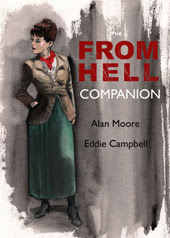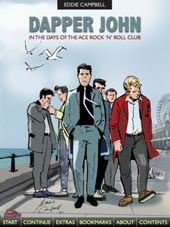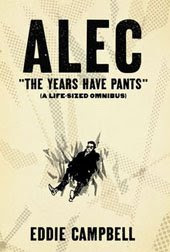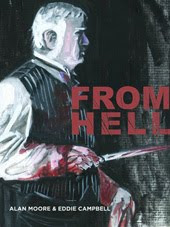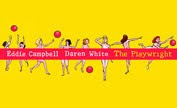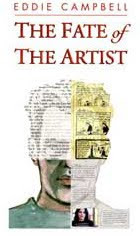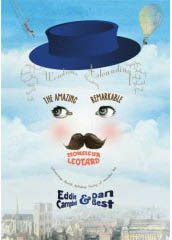Mike Sacks' Conversations with 21 Top Humor Writers had a few leftover exclusions that have been showing at McSweeney's. I quoted from the one with Dan Clowes a few days back. Now I'm reading the one with Roz Chast (part1, part 2). My question is: If he's left out the funniest cartoonist of my generation, who on earth is included?
What was it about Addams's cartoons that appealed to a 9-year-old?
For one thing, I "got" them. I couldn't relate to some of the other New Yorker cartoons, like the ones in which grown-ups said witty things to each other at a cocktail party. That just didn't make any sense to me; I had no idea what a cocktail party was, really.
But with Addams, I understood the jokes. It was sick humor − very black. They were funny to me. Plus, there were kids in them! A few of his cartoons I've never forgotten. One had an entire family pouring boiling oil onto a group of holiday carolers. In another one, the Uncle Fester character is waving to the car behind him to pass, even though he knows an oncoming truck is approaching. Or the cartoon where Uncle Fester is grinning as he watches a movie, while everyone else sobs. So many great ones! Very transgressive.
Wolcott Gibbs, the New Yorker writer, once wrote that Addams's work was a denial of all of the spiritual and physical evolution in the human race. Maybe I related to that.
...I feel that on my deathbed, which is something I hope to eventually have, I'll probably look back and wish that I didn't always look on the dark side of everything. But how can you not? You could die at any time, for any reason. You're walking under an air conditioner, and kaboom! My parents actually know someone who was killed by a falling flowerpot. But we have to kind of go along and put one foot in front of the other and pretend that we don't know that everything could take a serious turn for the worse in the next second.
**********
On the problem with Hollywood movies being mostly that they are intended to be taken literally, my post was followed by a debate up the pub with my pal mr Duds, who often pops up in the comments here. I posited that The Village (2004) is my idea of a good Hollywood movie that has a lot going on above the literal level. I had forgotten that you can't mention this movie without starting an argument. The wikipedia page sums up the positions:
a) The movie received mostly negative reviews. Roger Ebert gave the film one star and wrote: "The Village is a colossal miscalculation, a movie based on a premise that cannot support it, a premise so transparent it would be laughable were the movie not so deadly solemn ... To call the ending an anticlimax would be an insult not only to climaxes but to prefixes.I watched the movie five times when i first came across it on a long flight and I'm with the second chap.
b) Philip Horne of The Daily Telegraph in a later review noted "this exquisitely crafted allegory of American soul-searching seems to have been widely misunderstood".
************
In other news:
SYDNEY (Reuters) - A Dutchman and his grandson boarded a flight to Sydney, looking forward to visiting sunny Australia, but ended up in a much chillier Sydney -- in Nova Scotia, Canada.
Joannes Rutten, 71, and his 15-year-old grandson Nick booked the trip through a Dutch travel agency with plans to visit family living in Wollongong and Tallong, south of Sydney, according to local newspaper the Illawarra Mercury.
They set out from Amsterdam's Schiphol airport with Air Canada on Saturday but instead of arriving to views of the Sydney Harbor Bridge and Opera House, they touched down at Sydney in Cape Breton Island, off Canada's north east coast -
Labels: stuff2










